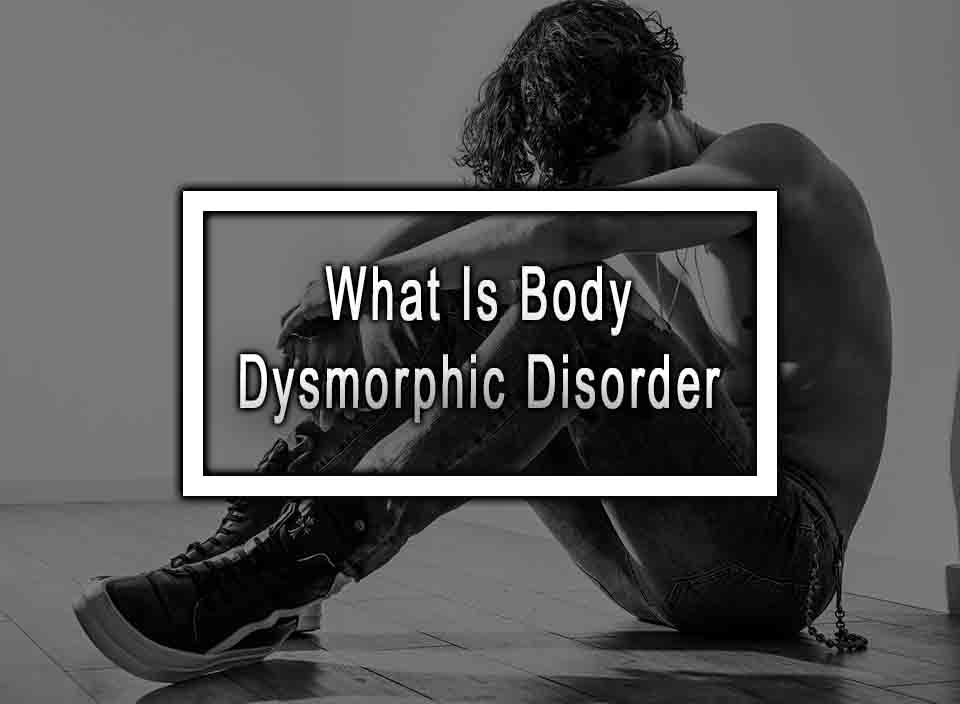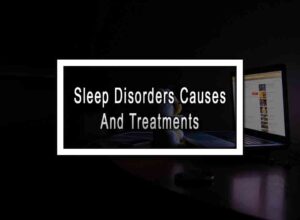A person who continually obsesses over a real or imagined flaw in their appearance might be diagnosed with Body Dysmorphic Disorder, also known as BDD. Body Dysmorphic Disorder is a mental health disorder that affects millions of people across the world.
Despite being more common than schizophrenia, bipolar disorder, and eating disorders, BDD is less noticed and less understood than other mental health disorders. People with BDD are so fixated on their physical appearance that it affects the quality of their lives. In this article, we’ll explore the causes, symptoms, and treatment options for BDD.
Table of Contents
ToggleCauses of Body Dysmorphic Disorder
The exact cause of BDD is unknown, but several factors might contribute to the condition. Firstly, genetics play a significant role in BDD. The condition is more likely to occur in people whose family members have a history of a mental health disorder. Secondly, trauma can contribute to the development of BDD. People who have suffered trauma such as being bullied for physical appearance or experiencing abuse might develop BDD.
Additionally, BDD might occur due to a dysfunction in the brain. People with BDD have heightened activity in the amygdala, the area of the brain that controls emotions. This heightened activity makes them more susceptible to negative thoughts and emotions, making it hard for them to appreciate their appearance.
Symptoms of Body Dysmorphic Disorder
There are several symptoms of BDD, ranging from mild to severe. One of the most noticeable symptoms of BDD is excessive grooming. People with BDD spend an excessive amount of time grooming themselves, trying to fix their perceived flaws. This behavior can be so severe that it affects their daily routines such as getting ready for work or school.
Another common symptom of BDD is avoidance behavior. People with BDD tend to avoid social situations because of their physical appearance. They might refuse to attend social events or work functions because of their fear of being judged for their appearance.
Lastly, people with BDD often suffer from depression and anxiety. These symptoms can be so severe that they affect the quality of life of the individual. Depression can lead to social isolation, while anxiety can make it difficult to take risks that might lead to improvement.
Treatment for Body Dysmorphic Disorder
Several treatment options are available for people with BDD. One of the most common treatments is cognitive-behavioral therapy. Cognitive-behavioral therapy aims to change the negative thinking patterns of people with BDD. The therapist helps the individual identify their negative thoughts and replaces them with positive more realistic thoughts. This therapy is often combined with exposure therapy, which helps individuals confront their fears and gradually become more comfortable with situations that make them uneasy.
Secondly, medication can be used to treat BDD. Selective serotonin reuptake inhibitors (SSRIs) are often prescribed to people with BDD. SSRIs are antidepressants that can help treat the anxiety and depression that comes with BDD. Additionally, medication such as antipsychotics can be prescribed to people with severe cases of BDD.
Lastly, support groups can be beneficial to individuals with BDD. Support groups provide a safe space for people with BDD to share their experiences and seek support from others who are going through similar experiences.
Conclusion
Body Dysmorphic Disorder is a mental health condition that affects millions of people across the world. The condition can be severe and affects the quality of life of individuals with BDD. Treatment options such as cognitive-behavioral therapy, medication, and support groups are available to help individuals with BDD. However, the first step to treating BDD is acknowledging that there is a problem and seeking help. With help, people with BDD can live a healthy and fulfilling life.
Body Dysmorphic Disorder FAQ
Here are the most common questions about body dysmorphic disorder.
Who is at risk for developing body dysmorphic disorder?
BDD can affect people of all ages, genders, and backgrounds, but it is often more common in adolescents and young adults. People with a history of anxiety or depression may be at greater risk, as well as those who have experienced trauma or are dealing with stress or life changes.
How is body dysmorphic disorder diagnosed?
BDD is typically diagnosed based on a clinical evaluation by a mental health professional, who will assess the person’s symptoms and medical history to determine if they meet the diagnostic criteria for BDD.
Can BDD be cured?
While there is no cure for BDD, treatment can be highly effective in reducing symptoms and improving quality of life. People with BDD can learn to manage their symptoms and live fulfilling lives with the help of appropriate treatment and support from mental health professionals and loved ones.
How is BDD different from normal concerns about one’s appearance?
While it is normal to have some concerns about one’s appearance, BDD is characterized by persistent and excessive preoccupation with perceived flaws or defects, even if others do not notice or see them as significant. The preoccupation with appearance can be so overwhelming that it interferes with daily activities and relationships.
Can BDD be treated with medication?
Yes, medication such as selective serotonin reuptake inhibitors (SSRIs) may be helpful in managing symptoms of BDD, particularly if used in conjunction with psychotherapy. It is important to note, however, that medication alone is not typically sufficient for treating BDD.
Can BDD be prevented?
There is no known way to prevent BDD, but early intervention and treatment can help prevent the condition from worsening and improve outcomes.
More like this: 4 Differences Between Stress And Anxiety












